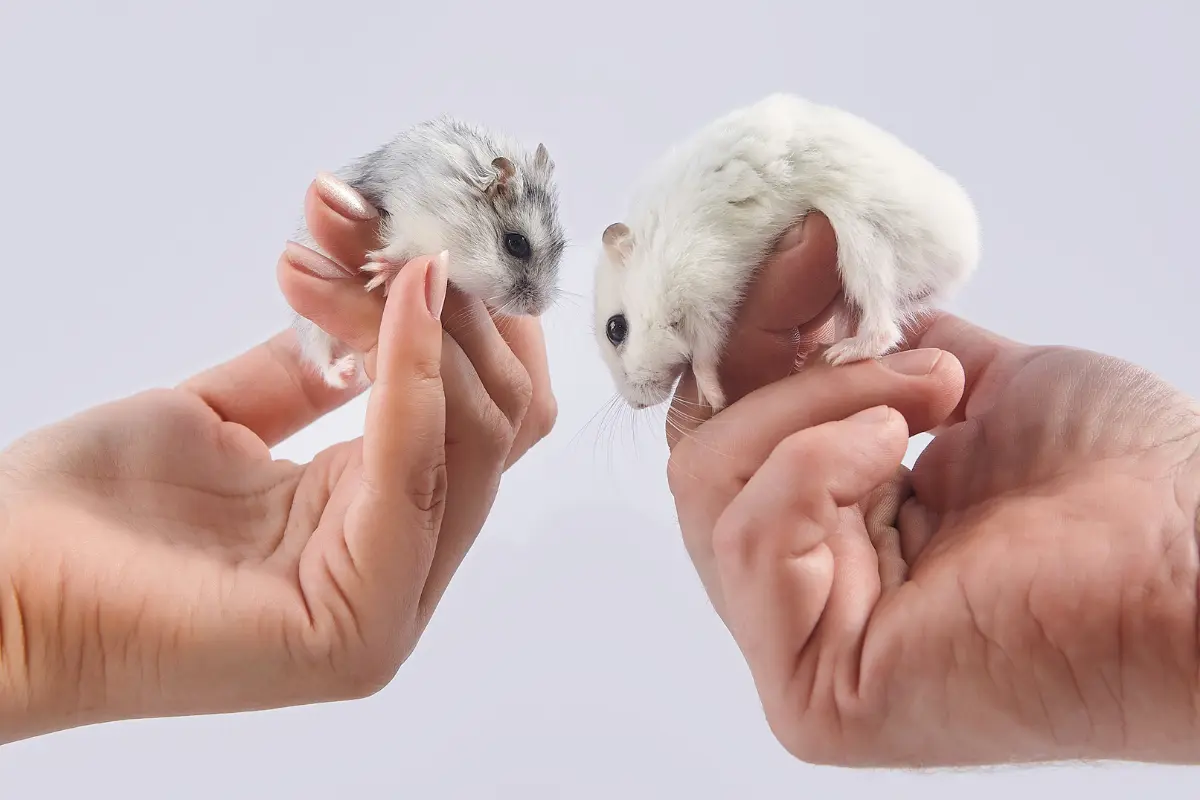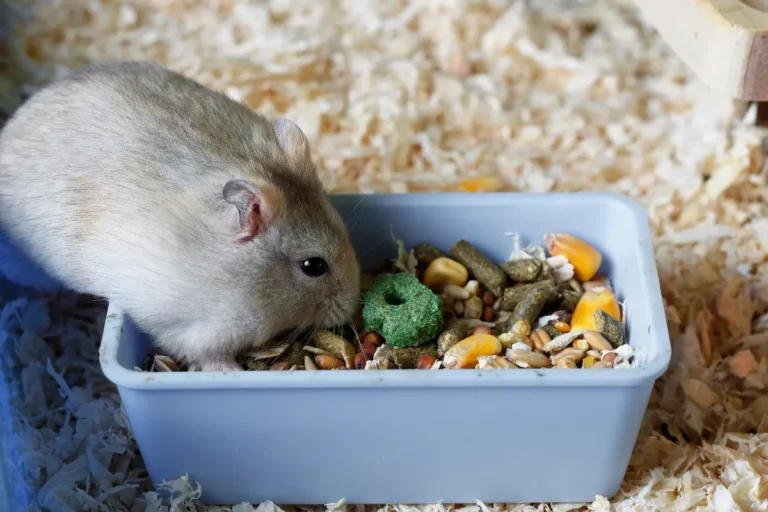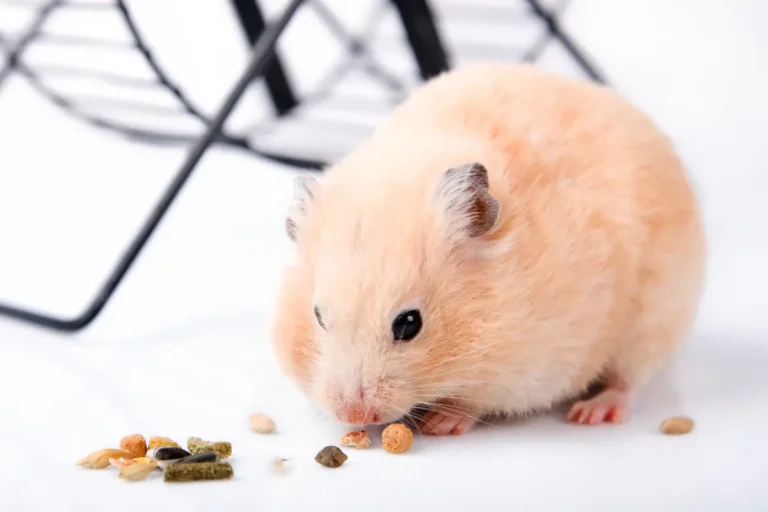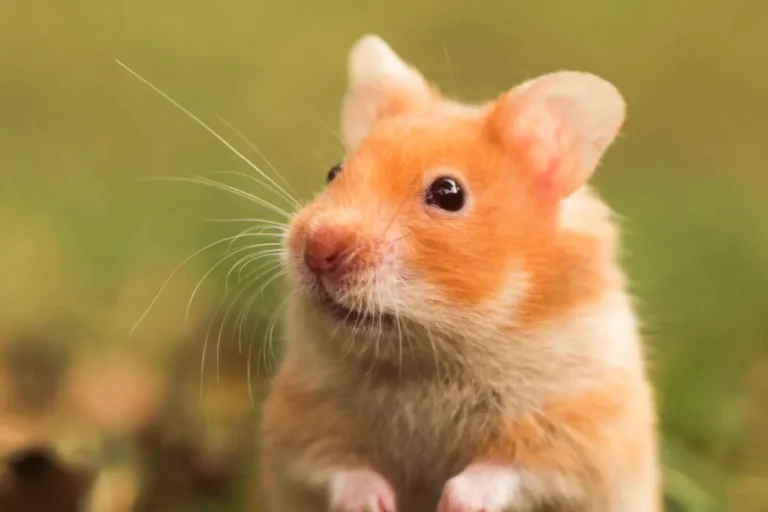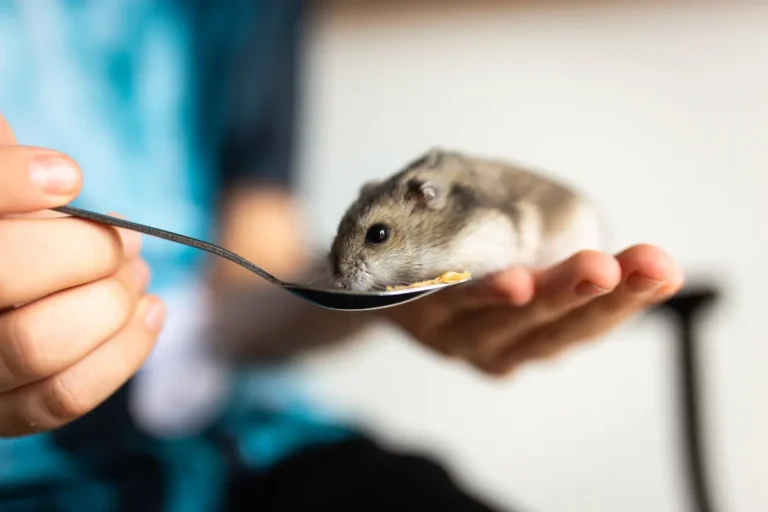Top 10 Dos and Don’ts for Effective Hamster Care
Hamsters are a beloved pet for many, but with their popularity comes a lot of misconceptions. If you’re thinking about getting a hamster, or already have one, there are some important guidelines to follow to ensure your furry friend stays happy and healthy.
1. Don’t Feed Only Sunflower Seeds and Corn
While hamsters love sunflower seeds and corn, they should not be the main components of their diet. Many commercial hamster foods contain primarily these two ingredients, but this can lead to nutritional imbalances and obesity.
Do: Feed your hamster a varied and balanced diet that includes a mix of fresh vegetables, fruits, grains, seeds, nuts, and animal proteins. Hamsters benefit from a variety of foods such as:
- Grains: Oats, barley, and wheat are excellent sources of fiber and essential nutrients.
- Vegetables: Offer a mix of leafy greens like spinach, kale, and parsley, as well as root vegetables like carrots and sweet potatoes.
- Fruits: Hamsters enjoy fruits like apples, bananas, and berries. However, fruits should be given in moderation due to their high sugar content.
- Animal Proteins: Small amounts of boiled eggs or mealworms can provide the necessary protein for growth and health. By incorporating various fresh foods into their diet, you ensure they get all the necessary vitamins and minerals.
It’s also important to check the nutritional labels of commercial hamster food and avoid those excessively high in fat or sugar.
2. Don’t Keep Your Hamster in a Small Cage
Hamsters may be small, but they need plenty of space to stay active. In the wild, they can run up to 5 miles each night, and they need a large cage to replicate that kind of environment.
Do: Provide your hamster with a cage that allows them to move freely and engage in their natural behaviors.
- Minimum Size: A cage should be at least 450 square inches of floor space for a single hamster. A 10-gallon aquarium or a spacious wire cage with a solid floor is ideal.
- Height vs. Floor Space: While height can be important for providing space for a wheel and other accessories, floor space is more important for overall movement.
- Wheel Size: Make sure to include a properly sized exercise wheel. A wheel that is too small can cause back problems for your hamster. The wheel diameter should be at least 8 inches for dwarf hamsters and 10 inches for larger breeds like Syrians.
- Enrichment: Add items like tunnels, toys, and hiding spots. Hamsters love to burrow, so providing deep bedding (at least 4 inches) will allow them to dig and build nests.
A spacious cage not only keeps your hamster physically healthy but also mentally stimulated, helping to prevent stress and boredom-related behaviors like chewing on bars or over-grooming.
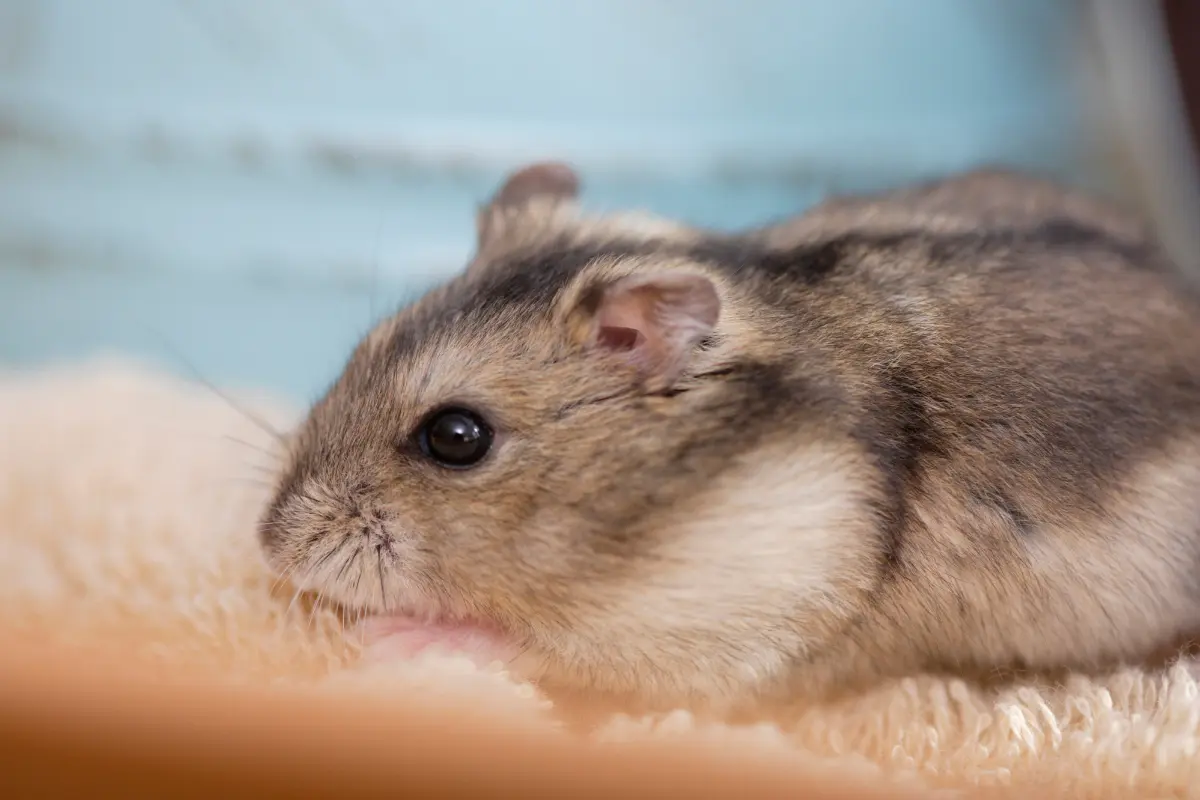
3. Don’t Wake Your Hamster Up
Hamsters are nocturnal, meaning they sleep during the day and are most active at night. Waking them up during the day is stressful for them, and they’ll likely be grumpy.
Hamsters are nocturnal animals, meaning they are most active during the night and sleep throughout the day. Waking them up during their natural rest period can cause stress and confusion. It can also make them irritable and more likely to bite if they feel threatened or startled. Additionally, disrupting their sleep can lead to a weakened immune system, affecting their overall health and well-being.
Do: Allow your hamster to follow its natural sleep-wake cycle.
- Wait for them to wake up on their own: Hamsters typically become more active in the late afternoon or evening. It’s best to wait until they are awake and moving around before you interact with them. If you need to handle your hamster, do so when they are alert and ready to engage.
- Create a quiet environment: Place your hamster’s cage in a calm area of your home where they won’t be disturbed by loud noises or sudden movements. Keeping their environment quiet helps them maintain a healthy sleep cycle.
- Gentle Interaction: When your hamster is awake, approach them gently. Avoid sudden movements or loud sounds, as this could startle them.
A well-rested hamster is less stressed, more active during their awake hours, and more likely to enjoy interaction when they are fully alert.
4. Don’t Take Your Hamster Outside
Taking your hamster outside is risky for many reasons. They are small and can escape quickly, and the outside environment poses dangers like predators, bugs, and parasites. Additionally, hamsters are nocturnal, so taking them outside during the day disrupts their natural sleep schedule.
Do: Keep your hamster indoors and provide them with a safe, controlled environment for exercise and play.
- Indoor Playpen: Set up a secure playpen or hamster-safe area where your hamster can roam freely without the risk of escaping or encountering dangers. This will allow them to explore safely while being supervised.
- Hamster Ball: Some hamster owners opt to use hamster balls for supervised exercise, but these should be used with caution. Make sure the ball is the appropriate size for your hamster, and never leave them inside the ball unsupervised for long periods.
- Safe Exploration: If you choose to let your hamster explore outside the cage in an enclosed indoor area, make sure the space is hamster-proof. Remove any potential hazards such as cords, sharp objects, or places where they could hide and become difficult to find.
Keeping your hamster indoors and offering safe spaces for exploration, and you will protect them from potential harm while still allowing them to enjoy the freedom of movement and mental stimulation.
5. Don’t Bathe Your Hamster
Hamsters are naturally clean animals and groom themselves regularly. Bathing them in water can cause stress and even lead to shock.
Do: Provide your hamster with a sand bath instead. Sand baths are a natural and safe way for hamsters to clean themselves and maintain their fur.
- Chinchilla Sand: Use special chinchilla sand or dust, not regular sand, as it’s gentler on their skin. Chinchilla sand helps remove excess oils and dirt from their fur without getting it wet.
- Container: Provide a small, shallow dish or container with a few tablespoons of sand, just enough for your hamster to roll around and dig in. Keep the container clean, and replace the sand regularly to prevent buildup of waste.
- Monitor Use: Offer the sand bath once or twice a week, depending on your hamster’s needs. If your hamster is particularly dirty or has matted fur, you may need to offer more frequent sand baths.
This method mimics their natural grooming behavior and ensures they stay comfortable. You can help your hamster stay healthy and clean without subjecting them to the discomfort of water baths.
6. Don’t Fully Clean Your Hamster’s Cage
Completely cleaning a hamster’s cage can be very stressful. Hamsters use their scent to navigate their environment, and removing everything can confuse them.
Do: Spot-clean your hamster’s cage regularly, while leaving some of the bedding and familiar items in place.
- Daily Spot Cleaning: Remove any soiled bedding, food scraps, and waste every day to keep the cage fresh. This will help maintain hygiene without disrupting your hamster’s familiar environment.
- Weekly Deep Cleaning: Once a week, perform a more thorough cleaning of the cage. Remove the bedding entirely, scrub the cage with mild, pet-safe cleaner, and wash the toys and accessories.
- Keep Familiar Scents: When you clean the cage, it’s helpful to leave a bit of the old bedding in place or replace bedding gradually, so the hamster can still recognize their home environment. You can also place some of their toys back in the cage, as this will help them feel secure and less stressed.
Regular cleaning ensures a hygienic living space, while maintaining a familiar and stress-free home for your pet.
7. Don’t Let Your Hamster Interact with Other Animals
Hamsters are prey animals, and any other pet, no matter how friendly, can pose a threat to them. Even the most docile animal can accidentally harm your hamster.
Do: Always keep your hamster separated from other animals, and ensure their environment is safe from potential threats.
- Supervised Interactions: If you do want to let your hamster explore outside its cage in a safe space, make sure they are completely separated from any other pets. Use barriers like a playpen or hamster-safe area to keep them contained and safe.
- Separation in the Home: Ensure that your hamster’s cage is placed in a room or area that is off-limits to other pets. Keeping their cage in a quiet, pet-free zone will help them feel safe and secure.
- Avoid Bringing Pets Near the Cage: Even if your other pets seem calm, they may still pose a threat. Keep other animals at a distance from the hamster’s cage to avoid causing stress or frightening the hamster.
It’s crucial to provide them with a safe, calm environment where they don’t feel threatened or at risk. This will help them stay relaxed, happy, and healthy.
8. Don’t Use Cotton Fluff for Nesting
Cotton fluff may seem soft, but it poses serious risks. It can get tangled around your hamster’s limbs, cutting off circulation, or be ingested, causing blockages in their digestive system.
Do: Use safe, natural materials for nesting and bedding. Here are some good alternatives:
- Paper-based Bedding: Opt for bedding made from shredded paper, which is soft, absorbent, and safe if ingested. Many brands offer paper bedding that’s designed specifically for small pets, and it’s gentle on their paws.
- Toilet Paper or Tissues: These materials are great for nesting because they are soft, lightweight, and easy for hamsters to shred and manipulate. Simply give them small pieces to build their nests.
- Aspen Wood Shavings: Unlike cedar or pine, which can emit harmful fumes, aspen shavings are safe for hamsters and help absorb waste while providing a comfortable surface for them to burrow in.
It’s essential to choose materials that allow them to engage in their natural behaviors while ensuring their safety and well-being.
9. Don’t House Hamsters Together
Hamsters are solitary creatures and can be territorial, even if they’re siblings or from the same litter. Housing them together can lead to fights or injuries.
Do: Keep hamsters in separate cages to ensure their safety and well-being. If you want to have more than one hamster, each should have its own living space. Here are some important guidelines to follow:
- Separate Cages: Each hamster needs its own cage with enough space to roam, sleep, and exercise. A solitary living environment will help them feel safe and reduce stress.
- Individual Territory: Hamsters can be very territorial, so it’s important to give them enough space to establish their own territory without competition. If you’re keeping multiple hamsters, ensure each cage is large enough to provide them with plenty of room to move freely.
- Avoid Introducing New Hamsters: Introducing a new hamster into an existing hamster’s environment is generally not recommended. Even if they are both from the same litter, they may not tolerate each other.
A separate cage for each hamster ensures they can thrive in a safe and comfortable environment, free from the risk of conflict.
10. Don’t Hold Your Hamster Too High
Hamsters can be unpredictable and may try to jump from your hands, especially when they’re high up. Since they have poor vision and no depth perception, they may not realize how far they’re falling.
Do: Always handle your hamster at a safe height and ensure they are secure to prevent falls. Here are some tips for safe handling:
- Low to the Ground: Always hold your hamster close to the ground or over a soft surface like a bed or couch. This reduces the risk of injury if they suddenly jump or squirm.
- Use a Secure Carrier: If you need to transport your hamster, use a secure, small carrier rather than holding them in your hands. This minimizes the risk of accidental drops or escapes.
- Gentle Handling: Be calm and gentle when picking up your hamster. Place your hands around their body to support them fully, and never grab them by their limbs or tail. Make sure they feel secure in your grasp.
In conclusion, hamsters need the right care, and with a little effort, they can make wonderful pets. Make sure to give them the space, food, and attention they need to thrive.
